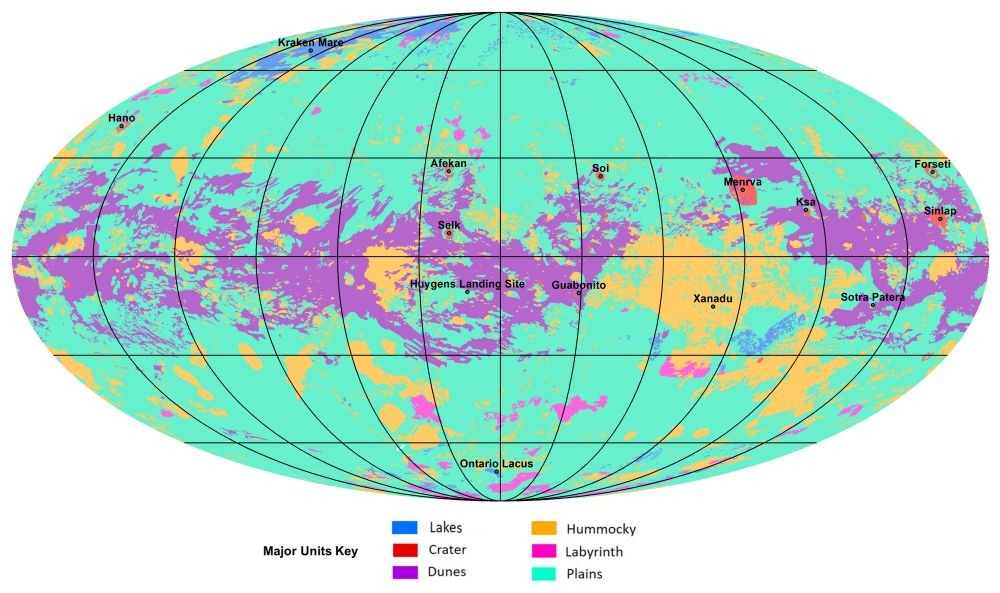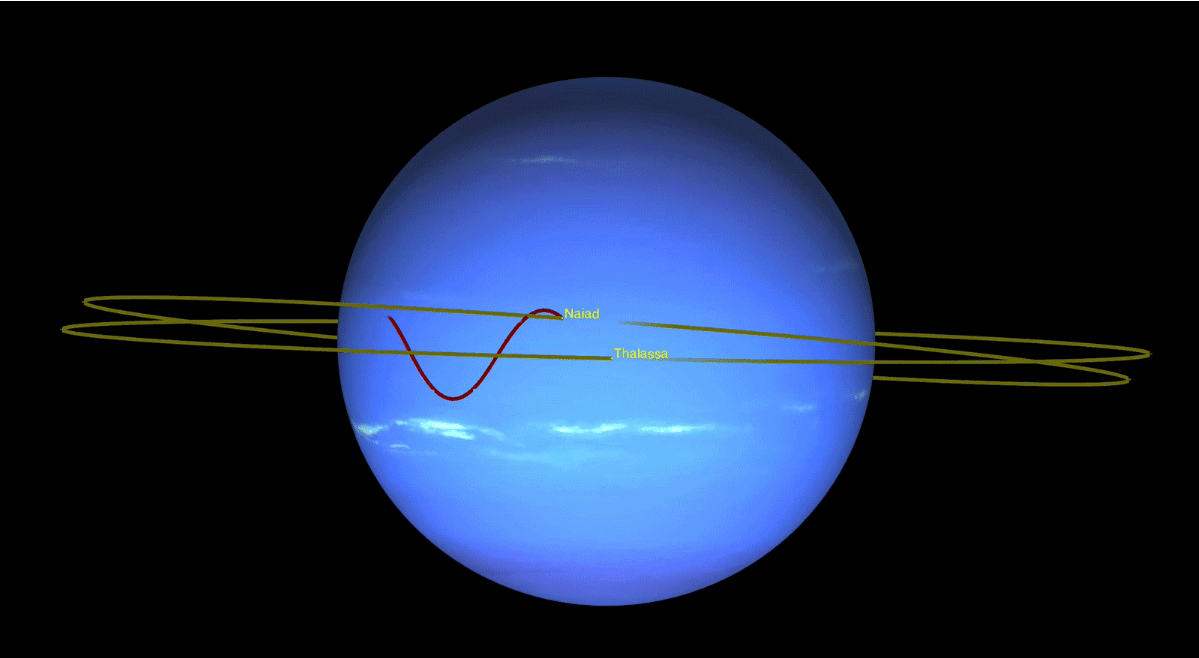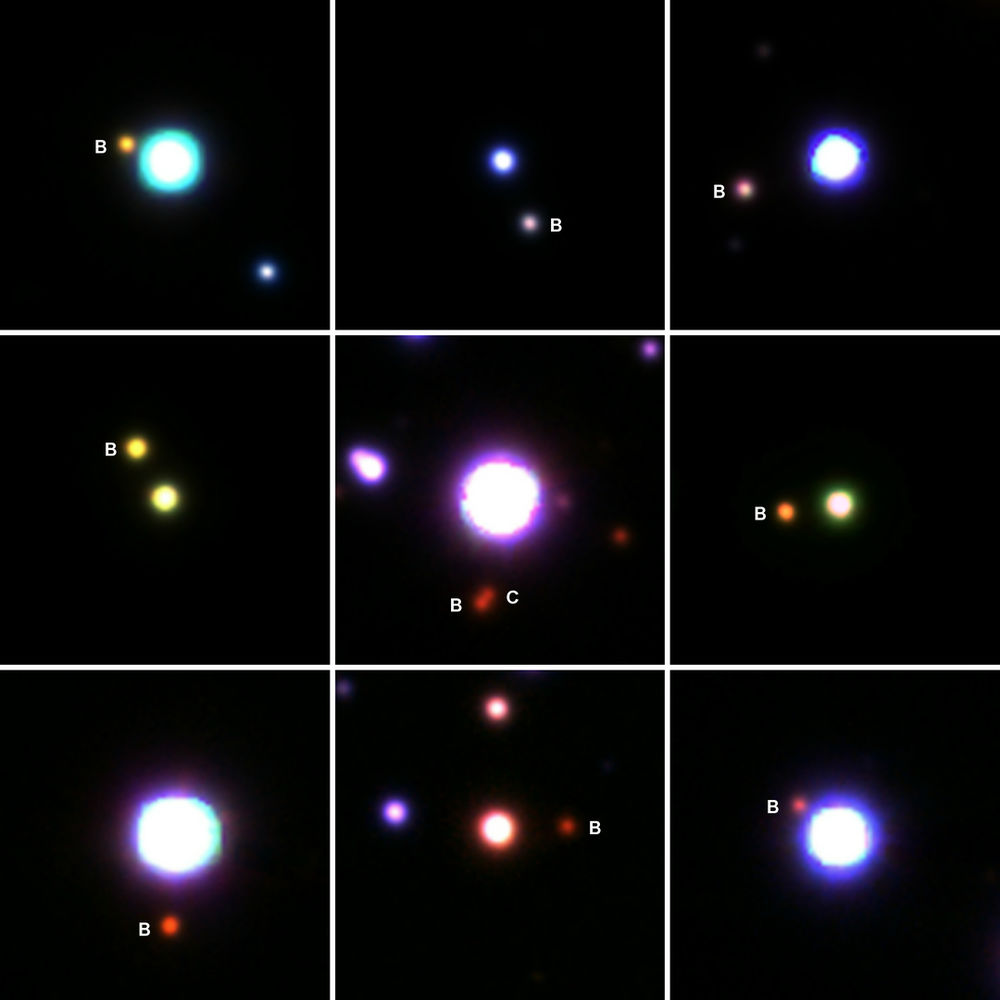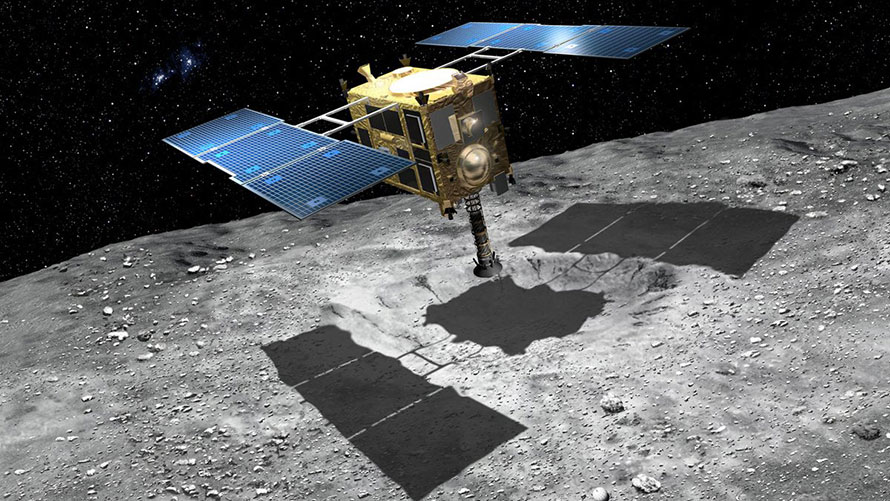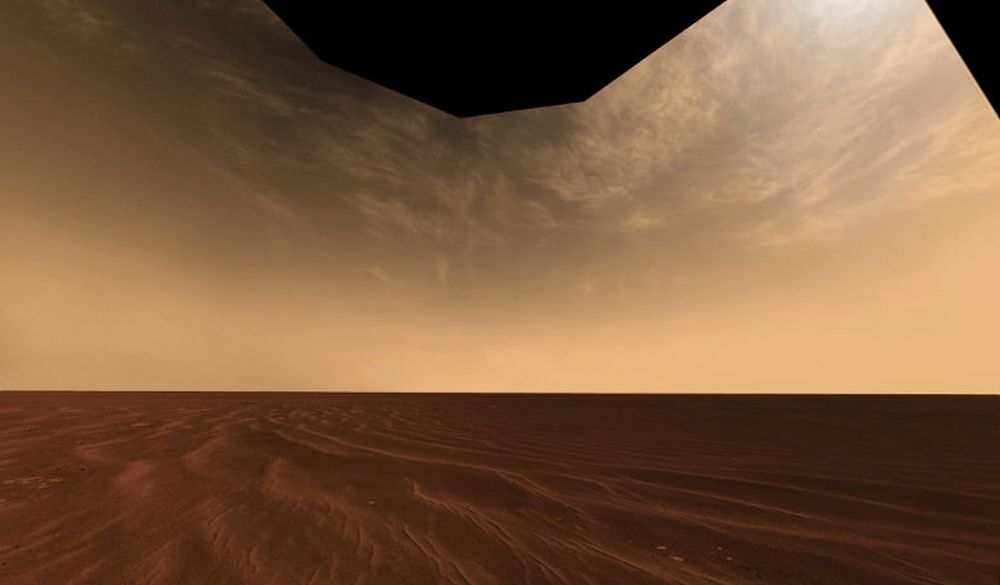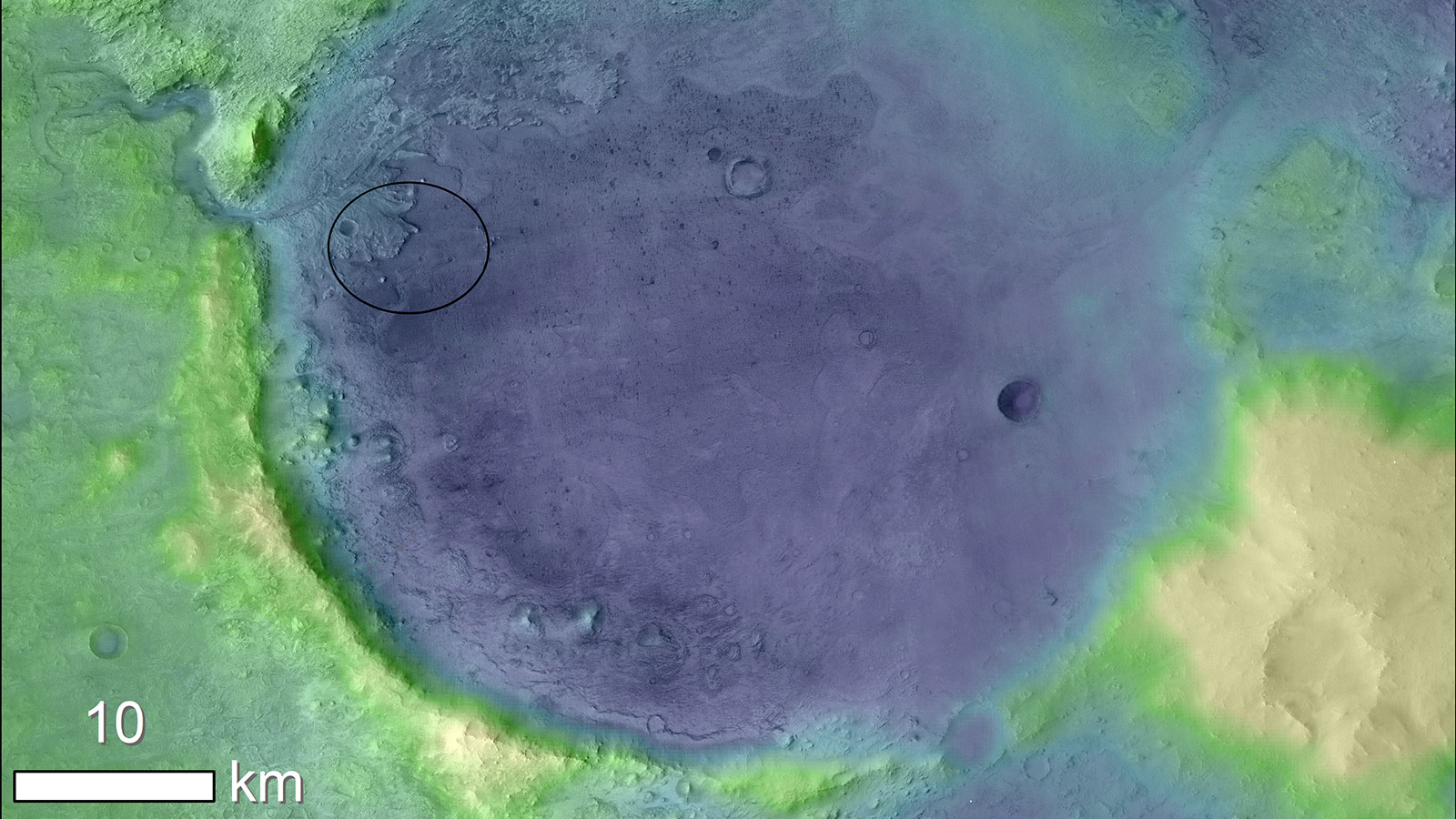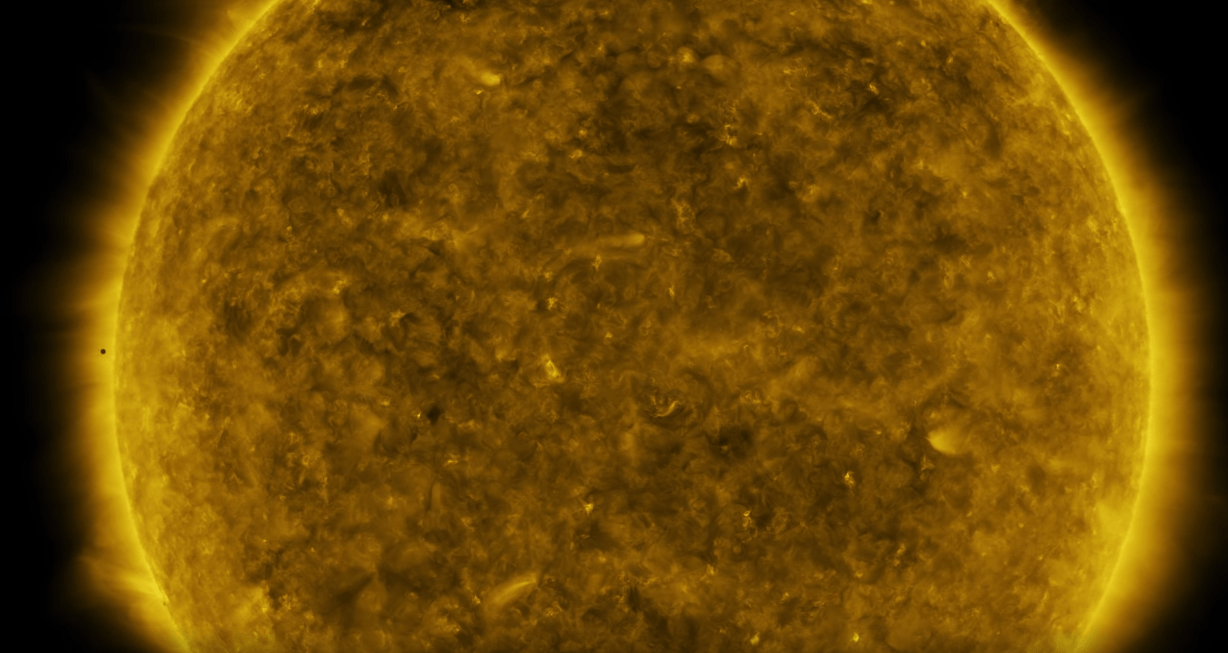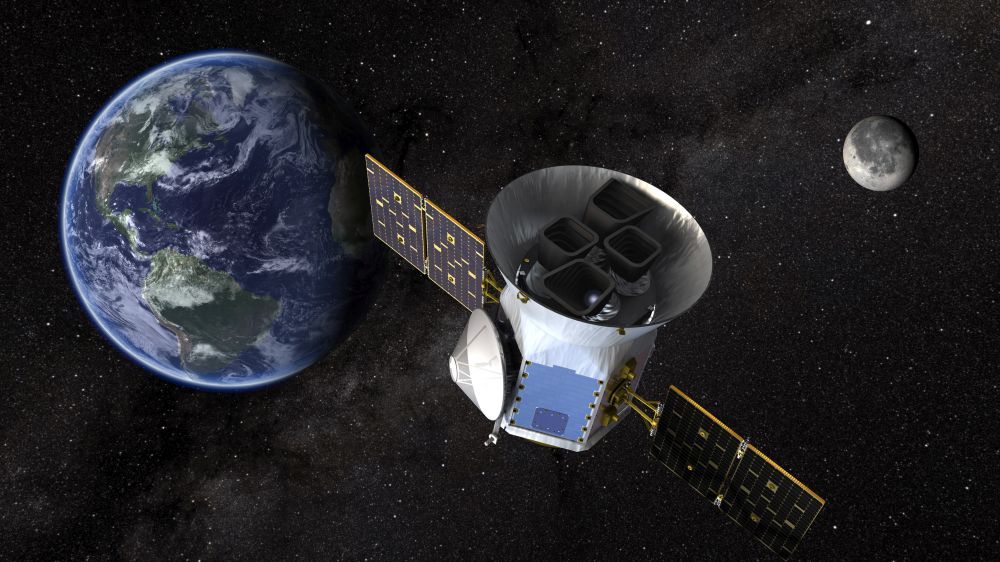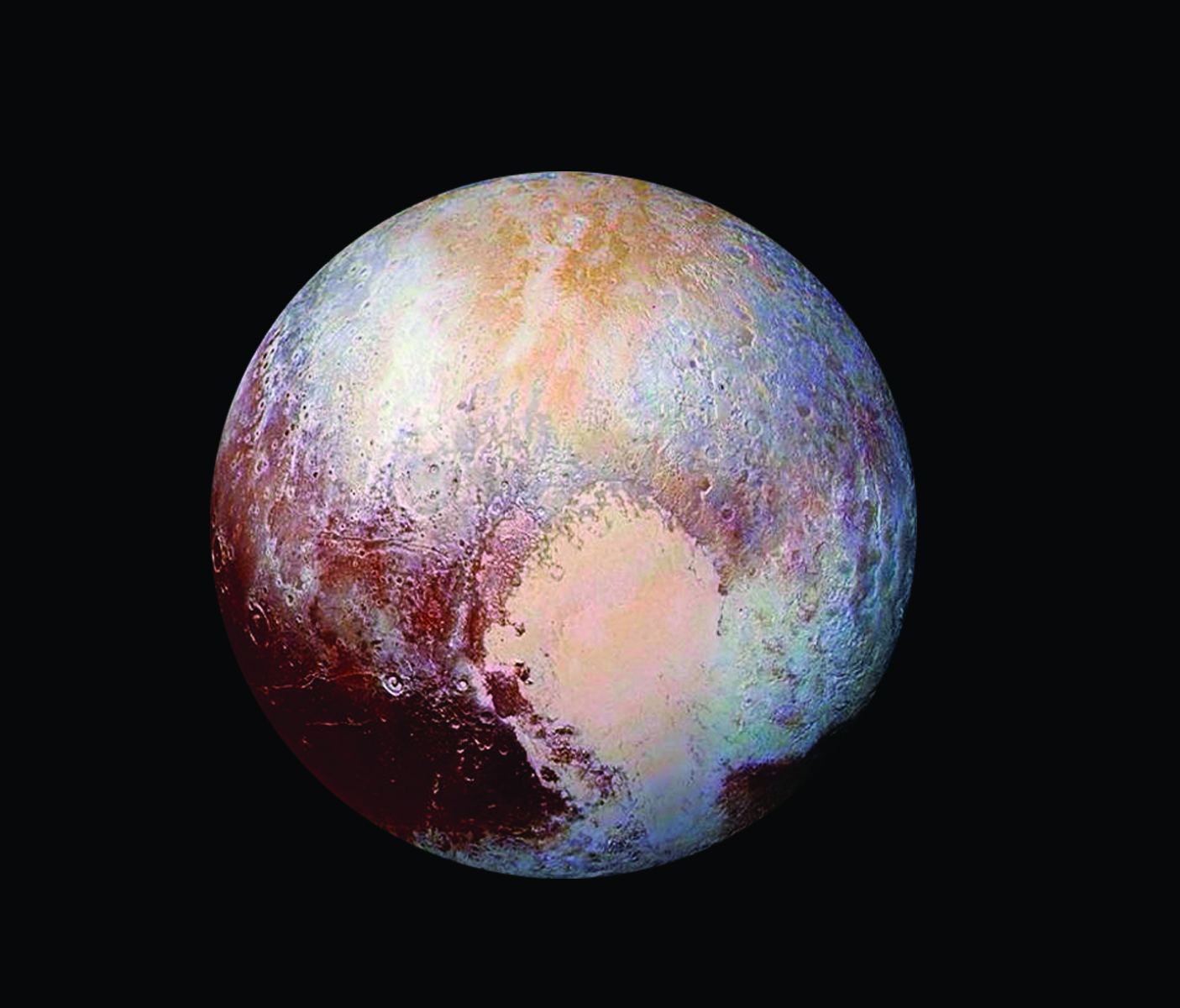Titan’s methane-based hydrologic cycle makes it one of the Solar System’s most geologically diverse bodies. There are lakes of methane, methane rainfall, and even “snow” made of complex organic molecules. But all of that detail is hidden under the moon’s dense, hazy atmosphere.
Now a team of scientists have used data from the Cassini mission to create our first global geological map of Titan.
Continue reading “Scientists Construct a Global Map of Titan’s Geology”
